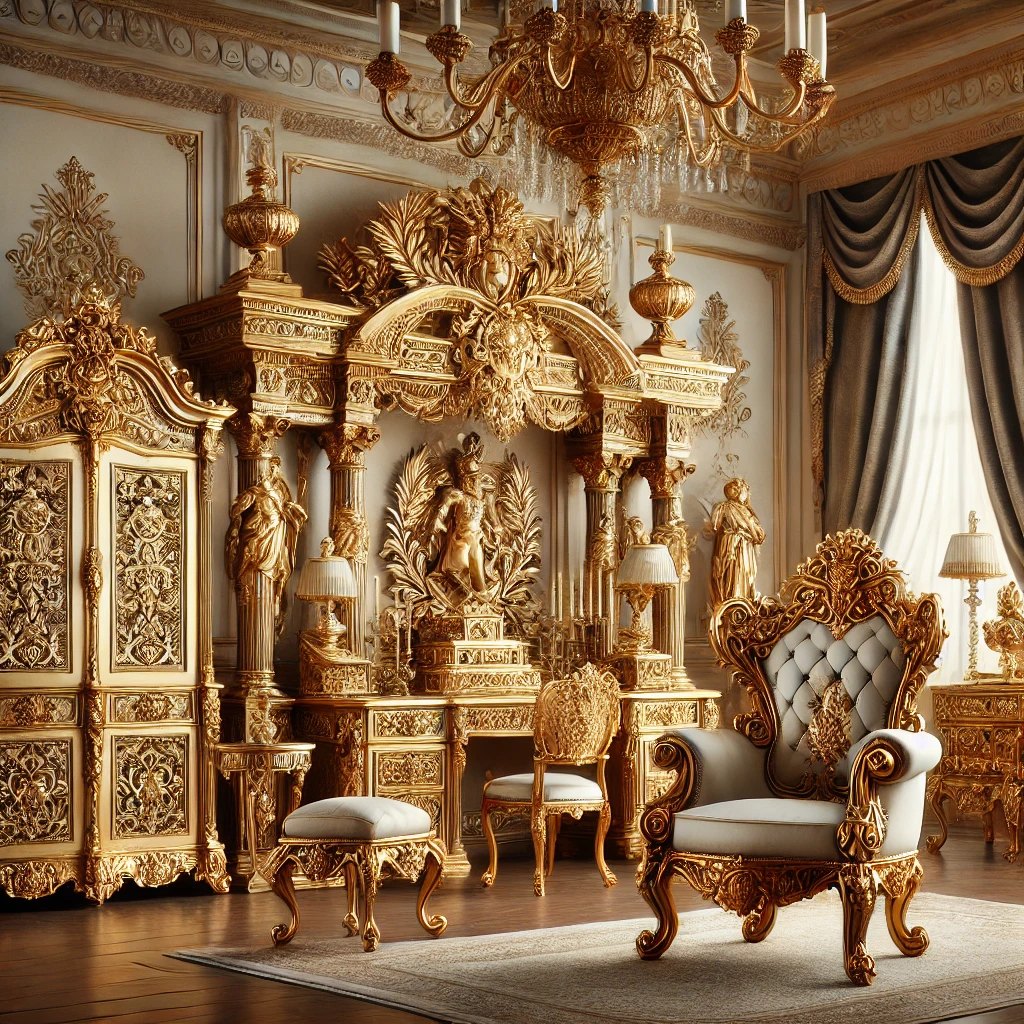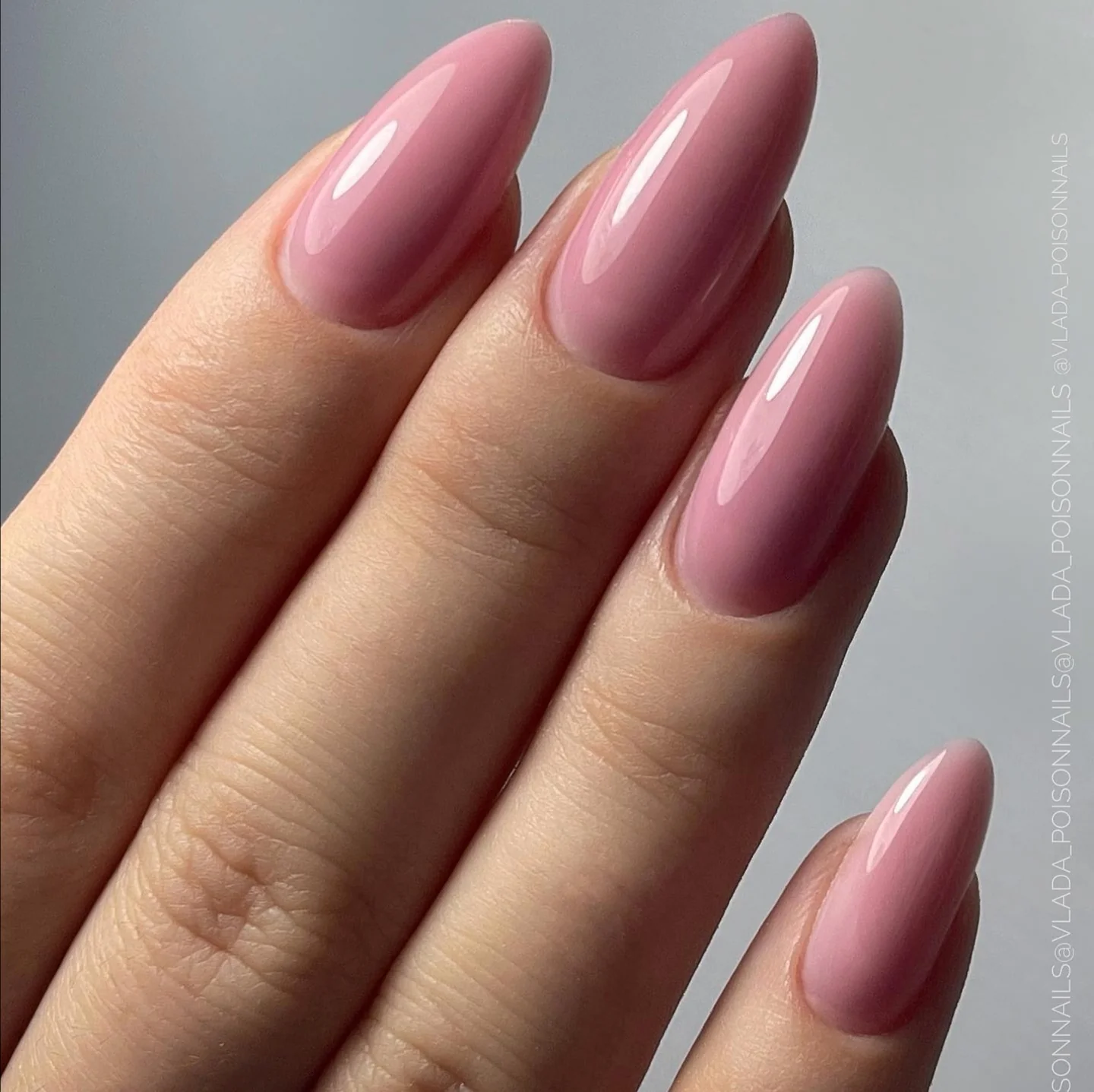Catherine the Great, one of history’s most iconic rulers, left a profound impact on the cultural, political, and artistic landscape of Russia. Among her many contributions, the furniture and interior design trends inspired by her reign remain a testament to her impeccable taste and opulent lifestyle. This article delves into the world of Catherine the Great furniture, exploring its origins, characteristics, and enduring influence.
The Artistic Renaissance Under Catherine the Great
Catherine the Great ascended the Russian throne in 1762, ushering in an era of enlightenment and artistic revival. An ardent patron of the arts, she sought to modernize Russian culture by embracing European influences while retaining a uniquely Russian identity. Her passion for art extended beyond paintings and sculptures to the realm of furniture design, where she played a pivotal role in shaping trends that combined functionality with extravagant beauty.
The Influence of European Styles

Catherine the Great’s furniture was heavily influenced by European styles, particularly those from France and Italy. Inspired by the Rococo and Neoclassical movements, she commissioned pieces that reflected sophistication and elegance. French furniture makers were often brought to Russia to work in her court, blending their expertise with local craftsmanship. The result was a distinctive fusion of styles that balanced European refinement with Russian grandeur.
Hallmarks of Catherine the Great Furniture
Catherine the Great’s furniture is characterized by intricate detailing, opulent materials, and an emphasis on symmetry. Elaborate carvings, gilded accents, and the use of luxurious fabrics such as silk and velvet were common features. Furniture pieces often incorporated classical motifs, such as laurel wreaths, Greek key patterns, and acanthus leaves, showcasing her fascination with antiquity. These designs were not merely decorative but also a reflection of her enlightened worldview.
The Role of Carpentry and Craftsmanship
Under Catherine’s patronage, Russian carpenters and artisans flourished. They skillfully integrated imported techniques with their own traditions, producing furniture that rivaled the best in Europe. The use of native woods like birch, walnut, and Karelian birch added a distinctly Russian touch. These materials were often veneered or inlaid with precious metals and stones, elevating each piece to a work of art.
Iconic Furniture Pieces from the Catherine Era
Some of the most iconic pieces associated with Catherine the Great include grand writing desks, ornate armchairs, and intricately designed cabinets. One notable example is the Green Drawing Room’s furniture in the Winter Palace, which exemplifies her love for bold colors and exquisite craftsmanship. These pieces were not only functional but also served as symbols of power and sophistication.
The Winter Palace and Its Splendor

The Winter Palace in St. Petersburg stands as a monument to Catherine’s architectural and artistic vision. Its interiors were adorned with furniture that reflected her taste for opulence and grandeur. From gilded tables to elaborate chandeliers, each element was meticulously curated to create an atmosphere of imperial majesty. The furniture in the palace remains a highlight for visitors, offering a glimpse into the luxurious lifestyle of Catherine’s court.
Catherine’s Personal Touch in Design
Catherine the Great was not just a passive patron but an active participant in the design process. She had a keen eye for detail and often provided specific instructions to craftsmen. Her correspondence with artisans reveals her deep understanding of design principles and her desire to create pieces that were both beautiful and functional. This hands-on approach ensured that her furniture reflected her personal style and vision.
The Symbolism of Furniture in Catherine’s Reign
Furniture during Catherine’s reign was more than mere decoration; it was a tool of diplomacy and propaganda. Lavish furnishings were used to impress foreign dignitaries and assert Russia’s status as a cultural powerhouse. The grandeur of her furniture mirrored the strength and sophistication of her empire, reinforcing her image as a modern and enlightened ruler.
Innovations in Furniture Design
Catherine the Great’s era saw significant innovations in furniture design. The introduction of mechanical furniture, such as adjustable tables and folding chairs, highlighted her interest in practicality. These innovations were particularly evident in her private chambers, where comfort and utility were prioritized without compromising on elegance.
The Influence of Catherine’s Furniture on Modern Design
The legacy of Catherine the Great’s furniture extends far beyond her reign. Her emphasis on blending artistic beauty with functionality has inspired generations of designers. Elements of her style can be seen in modern interpretations of Neoclassical and Rococo furniture, where the focus remains on symmetry, elegance, and high-quality craftsmanship.
Preserving Catherine’s Furniture
Many of the original furniture pieces from Catherine’s time have been preserved in museums and private collections. The Hermitage Museum in St. Petersburg houses a vast array of her furnishings, providing invaluable insights into 18th-century Russian art and design. These pieces are carefully restored and maintained to ensure their legacy endures for future generations.
Collecting Catherine the Great Furniture Today
Antique furniture from Catherine the Great’s era is highly sought after by collectors and connoisseurs. These pieces are valued not only for their historical significance but also for their exceptional craftsmanship. Auctions and antique fairs often feature items inspired by or attributed to her reign, attracting enthusiasts from around the world.
The Global Appeal of Catherine’s Style
Catherine the Great’s furniture has a universal appeal that transcends cultural and geographical boundaries. Its timeless elegance and meticulous craftsmanship continue to resonate with interior designers and homeowners alike. Reproductions of her furniture are popular among those seeking to add a touch of regal sophistication to their spaces.
Recreating Catherine’s Aesthetic in Modern Homes

For those inspired by Catherine the Great’s furniture, recreating her aesthetic in modern homes is entirely possible. Incorporating elements such as gilded accents, intricate carvings, and luxurious fabrics can evoke the grandeur of her style. Combining these with contemporary design sensibilities ensures a balanced and harmonious look.
The Role of Furniture in Russian History
Furniture from Catherine the Great’s time offers a window into Russian history, reflecting the cultural and social dynamics of the 18th century. It serves as a tangible link to an era of enlightenment, innovation, and artistic achievement, reminding us of the enduring power of design to shape our understanding of the past.
The Enduring Inspiration of Catherine’s Vision
Catherine the Great’s vision for art and design continues to inspire. Her furniture stands as a testament to her belief in the transformative power of beauty and craftsmanship. It reminds us that great design transcends time, leaving a legacy that enriches our lives and connects us to history.
Frequently Asked Questions
- What defines Catherine the Great furniture? Catherine the Great furniture is characterized by intricate detailing, luxurious materials, and a blend of European and Russian design elements.
- Where can I see Catherine the Great’s furniture today? Many pieces are preserved in the Hermitage Museum in St. Petersburg, Russia.
- What materials were commonly used in Catherine’s furniture? Native woods like birch and walnut, along with gilded accents, silk, and velvet, were commonly used.
- How did Catherine influence furniture design? She blended European styles with Russian craftsmanship, emphasizing both beauty and functionality.
- Is Catherine the Great’s furniture still relevant today? Yes, its timeless elegance and craftsmanship continue to inspire modern furniture design.





